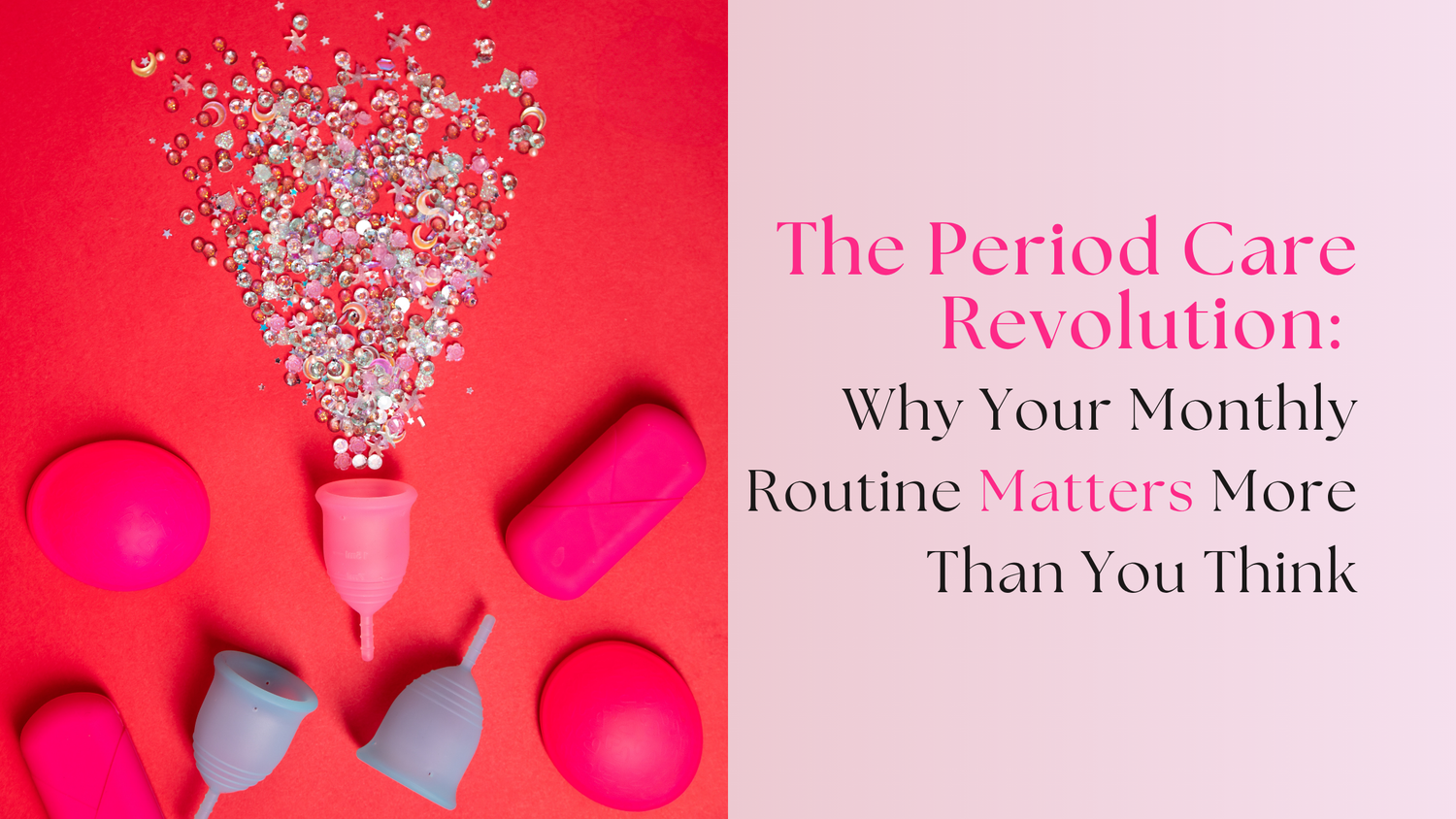The Alarming Discovery
As if we don’t have enough to worry about, a new study led by environmental epidemiologists at UC Berkeley, Columbia University, and Michigan State University has discovered the presence of toxic metals in popular tampon brands. The researchers tested 30 different tampons across 14 brands for 16 types of metals, and the revelations have raised serious concerns about the safety of menstrual products that millions of women use regularly. In this blog, we dive into the findings of the study, the potential health risks associated with these metals, and what consumers can do to protect themselves.
Unveiling the Hidden Dangers
The study, conducted by a team of researchers including Dr. Jenni Shearston, found lead and arsenic in fourteen different tampon brands. The researchers did not disclose the specific brands tested but noted that they were top sellers, including name brands, store brands, and both organic and non-organic products. These tampons were purchased from retailers in New York, Greece, and London between September 2022 and March 2023.
"We’re finding metals in all of these tampons,” says Dr. Shearston. The research indicated that non-organic tampons had higher concentrations of lead, while organic tampons contained higher levels of arsenic. Neither category consistently showed lower concentrations of metals, leaving consumers with no clear option for a safer choice.
How Do Metals End Up in Tampons?
One of the pressing questions is how these toxic metals make their way into tampons. The sources can be diverse and complex:
Contaminated Soil and Water: Cotton, the primary material for tampons, is grown in fields that can be exposed to contaminated soil and water. Metals like lead and arsenic can be absorbed by the cotton plants from the environment.
Manufacturing Processes: During the processing of cotton and the production of tampons, contamination can occur. Machinery and facilities may introduce metals if not properly maintained or cleaned.
Chemical Treatments: Non-organic tampons often undergo bleaching and other chemical treatments. These processes can introduce or fail to remove contaminants, adding to the overall metal content.
Packaging and Storage: Even after production, tampons can absorb metals from packaging materials or during storage and transportation.
The Regulatory Gap
While the FDA recommends that tampons be free of dioxins — toxic chemical compounds common in manufacturing processes — and pesticide residue, there’s currently no requirement to test tampons for chemical contaminants like heavy metals. This regulatory gap means that even though dioxins and pesticide residues are monitored, other potentially harmful substances, such as lead and arsenic, are not subject to the same level of scrutiny.
Health Risks Associated with Lead and Arsenic
The presence of lead and arsenic in tampons is alarming due to the well-documented health risks associated with these metals:
Lead: Exposure to lead can cause a range of health issues, including neurological damage, cognitive impairments, and reproductive problems. Lead is particularly harmful to pregnant women and developing fetuses, potentially leading to complications and developmental delays.
Arsenic: Chronic exposure to arsenic can result in skin lesions, developmental effects, cardiovascular disease, neurotoxicity, and an increased risk of cancer. Arsenic is a known carcinogen, making its presence in tampons particularly concerning.
What This Means for Consumers
With the findings of this study, consumers are left in a difficult position. Dr. Shearston emphasises that there is no clear answer yet on whether one type of tampon is safer than another. Both organic and non-organic tampons have shown to contain harmful metals, albeit in different proportions.
So, what can you do to protect yourself?
Stay Informed: Keep up with the latest research and findings on menstrual products. Knowledge is power, and being aware of potential risks can help you make informed decisions.
Support Regulation: Advocate for stricter regulations and transparency in the manufacturing of menstrual products. Push for more rigorous testing and disclosure of ingredients and contaminants.
Consider Alternatives: Look into alternative menstrual products like menstrual cups or reusable pads. These options may offer safer and more environmentally friendly solutions.
Reach Out to Brands: Contact tampon manufacturers and demand information about their sourcing, manufacturing processes, and steps they take to ensure product safety.
Moving Forward
The discovery of toxic metals in tampons is a stark reminder of the importance of rigorous testing and regulation in the production of everyday products. While researchers continue to investigate and provide more definitive answers, it is crucial for consumers to stay vigilant and proactive about their health and safety.
Dr. Shearston and her team are working towards more comprehensive studies to understand the full scope of contamination in menstrual products and its implications. In the meantime, maintaining awareness and advocating for safer products is essential.
Advocating for Safer Menstrual Products
The presence of lead and arsenic in tampons is a serious issue that demands immediate attention. While the study leaves many questions unanswered, it highlights a significant health risk that cannot be ignored. By staying informed, advocating for change, and exploring safer alternatives, consumers can take steps to protect themselves while pushing for a safer future for menstrual health products.
Source
For more detailed information on the study, visit the full article here.





